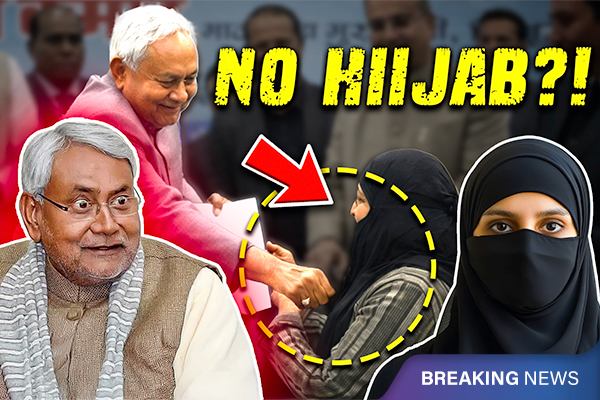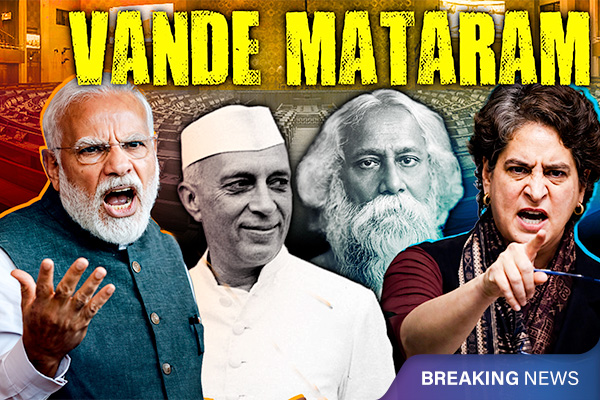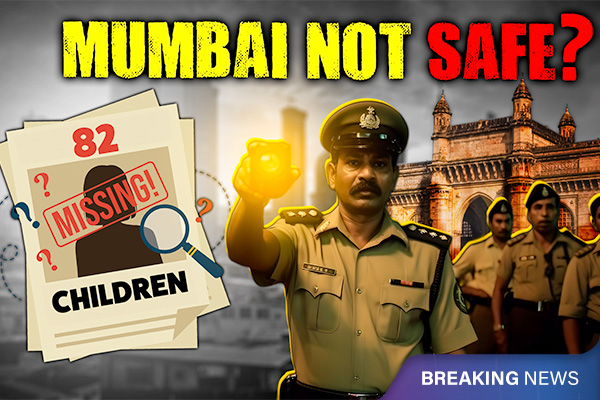Operation Sindoor: What Did India Achieve?
Operation Sindoor was a strong and precise military action by India that destroyed major terror bases, exposed Pakistan’s weaknesses, and gained global support without war.
On 7th May, India started "Operation Sindoor" — a strong and planned military reply to the April 22 terror attack in Pahalgam, where 26 people were killed.
In this operation, India carried out deep strikes inside Pakistan and PoJK, killing over 100 terrorists.
However, many people are unhappy with the Indian government. They feel it was a golden chance to take back PoK, and agreeing to a ceasefire was a mistake.
Since we don’t know the full truth and the actual situation, we should keep supporting our government and be patient. They will make the right decisions at the right time.
But let me tell you, India has achieved a lot of things from Operation Sindoor.
Destruction of Terror Launchpads:
India successfully destroyed nine major terror bases linked to Lashkar-e-Taiba, Jaish-e-Mohammed, and Hizbul Mujahideen. These places were used for training and planning attacks against India.
Deep Strikes into Pakistan’s Mainland:
Operation Sindoor changed the usual rules by attacking deep inside Pakistan, including important places like Punjab province and Bahawalpur — areas that were earlier thought to be safe. This sent a strong message that no part of Pakistan will be safe if terrorism starts from there.
Assertion of a Red Line:
India's response showed a clear change in strategy — now, if any country supports terrorism, India will answer strongly, clearly, and in the right measure. Operation Sindoor made it clear that there is now a strict limit, and Pakistan cannot ignore it anymore.
Exposing Pakistan’s Air Defence
Indian forces used Rafale jets with powerful missiles and bombs to carry out the strike very accurately. The whole operation lasted 25 minutes and clearly showed that Pakistan’s air defence system has many weaknesses. India did not lose even one aircraft in this mission.
Demonstration of Robust Air Defence Capabilities
India also showed that its air defence is very strong. The Akashteer Air Defence System helped stop hundreds of Pakistani drones and missiles, and now many countries are interested in buying it.
No Escalation, Only Precision
India made strong attacks, but did not try to start a bigger war. It did not harm civilians or regular military buildings—only terrorist targets. India followed its rule of showing zero tolerance to terrorism, but also tried to avoid hurting innocent people.
Top Terrorists Killed
Many big terrorist leaders, who were on India’s most-wanted list, were killed. Several terror groups lost their key members in just one night.
Damage to Pakistan’s Military
After Pakistan attacked India with drones and missiles on May 9–10, India hit back by bombing 11 Pakistani air bases. These attacks damaged nearly 20% of Pakistan’s air force setup. A top Pakistani officer, Squadron Leader Usman Yousuf, also died.
Army, Navy, Air Force – All Worked Together
India’s Army, Navy, and Air Force worked together smoothly. The Navy stayed ready in the Arabian Sea and made sure Pakistan’s navy couldn’t move freely. Weapon drills were also done to stay prepared.
The World Took Notice
This time, unlike in the past, the world supported India. Major world powers agreed that India had the right to defend its people and land.
Kashmir Story is Changing
Earlier, attacks in Kashmir were seen as a fight between India and Pakistan. But now, people across the world are seeing it clearly as a fight against terrorism. That is a big change.







